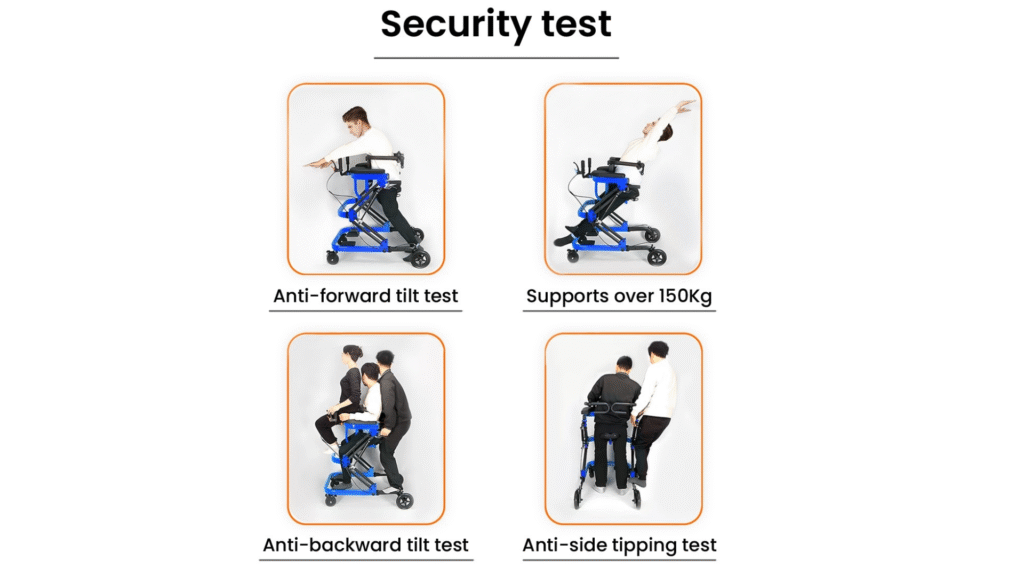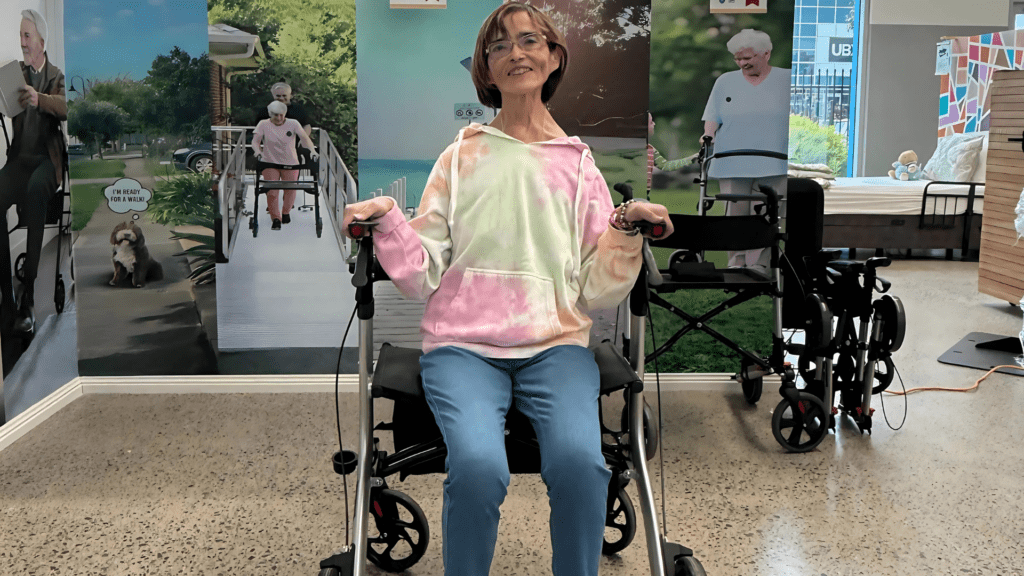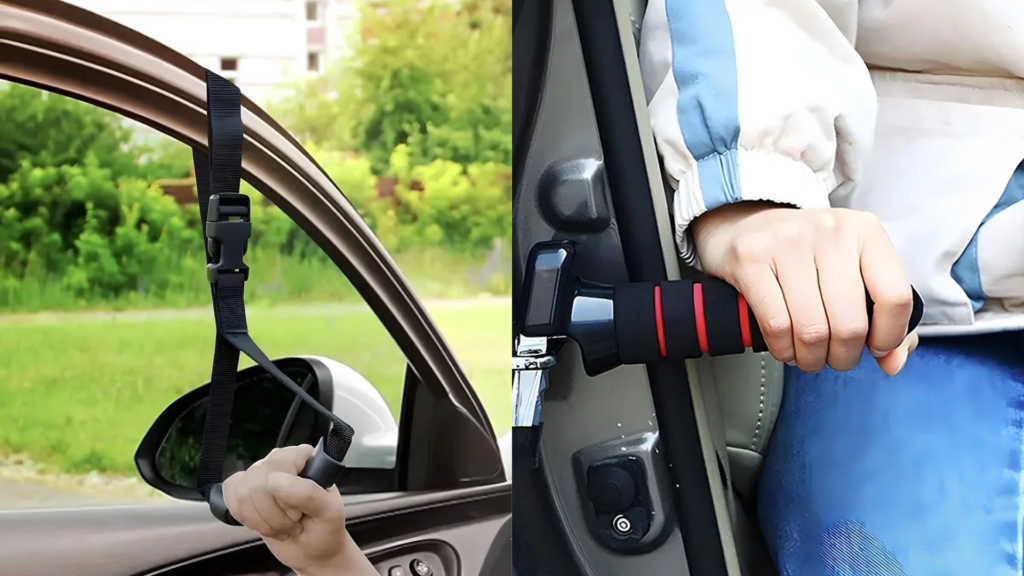Understanding Gait and Stability Challenges
Balance and coordination are fundamental components of walking. They rely on a complex interaction between the musculoskeletal system, vestibular system, proprioception (body awareness), and visual input. When any of these systems are impaired—due to conditions like:- Stroke
- Parkinson’s disease
- Multiple sclerosis
- Brain injury
- Muscular dystrophy
- Age-related weakness
Role of Gait Trainers in Balance Recovery
Gait trainers are advanced support walkers designed to:- Promote upright alignment
- Redistribute weight during step cycles
- Allow hands-free balance (when forearm or trunk support is included)
- Encourage symmetrical muscle use
- Anterior or posterior frames
- Adjustable hand grips and support pads
- Resistance wheels and directional locks
- Pelvic and torso support for higher-level assistance
- Practice correct step patterns without fear of falling
- Build leg and core strength with reduced risk
- Increase walking duration and distance over time
Exercises and Techniques for Effective Training
When integrated into physiotherapy routines, gait trainers allow for targeted exercises that reinforce balance and coordination. These may include:- Step repetition drills: encouraging rhythm and foot alignment
- Weight shifting: training lateral and forward body movement
- Posture correction: using mirrors or therapist guidance
- Obstacle navigation: improving reaction time and motor planning
Integration in Allied Health Therapy Programs
Occupational therapists and physiotherapists frequently prescribe gait training devices as part of structured recovery plans. In aged care or disability support settings, gait trainers are used to:- Prevent decline in walking ability
- Extend independence at home
- Delay transition to wheelchairs
- Prepare patients for community reintegration
- Lower limb strength and range of motion
- Postural alignment
- Step quality and foot clearance
- Endurance levels
Supportive Tools for Long-Term Progress
While gait trainers are a core mobility solution, additional tools can enhance progress:- Mirror feedback systems: for visual alignment correction
- Wearable posture sensors: to monitor slouching or leaning
- Cushioned flooring or anti-fatigue mats: for home training areas
- Therapy handles and assist rails: near walking paths
FAQs: Gait Trainers and Balance Therapy
Q1. Who should use a gait trainer instead of a regular walker
A: Gait trainers are recommended for users who require more postural and trunk support than a standard walker can offer. They are ideal for individuals in stroke recovery, neuro rehab, or paediatric development programs.
Q2. How does a gait trainer improve coordination
A: Gait trainers provide controlled movement and structured alignment, allowing users to focus on correct foot placement, symmetrical stepping, and postural feedback—all of which enhance coordination.
Q3. Can gait trainers be used at home
A: Yes. Many models are suitable for indoor home environments and can be customised based on hallway width, flooring, and user needs. Occupational therapists can advise on fitting and trial options.
Q4. Are gait trainers covered under NDIS or SWEP in Victoria
A: Yes, with appropriate clinical assessment and a functional mobility report, both NDIS and SWEP may cover part or full funding for approved gait trainers.
Q5. Should gait trainer settings be adjusted regularly
A: Yes. Settings like height, support pads, and wheel tension should be reviewed regularly—especially for children, post-surgical users, or individuals progressing in therapy. Your therapist can guide adjustments as goals evolve.



